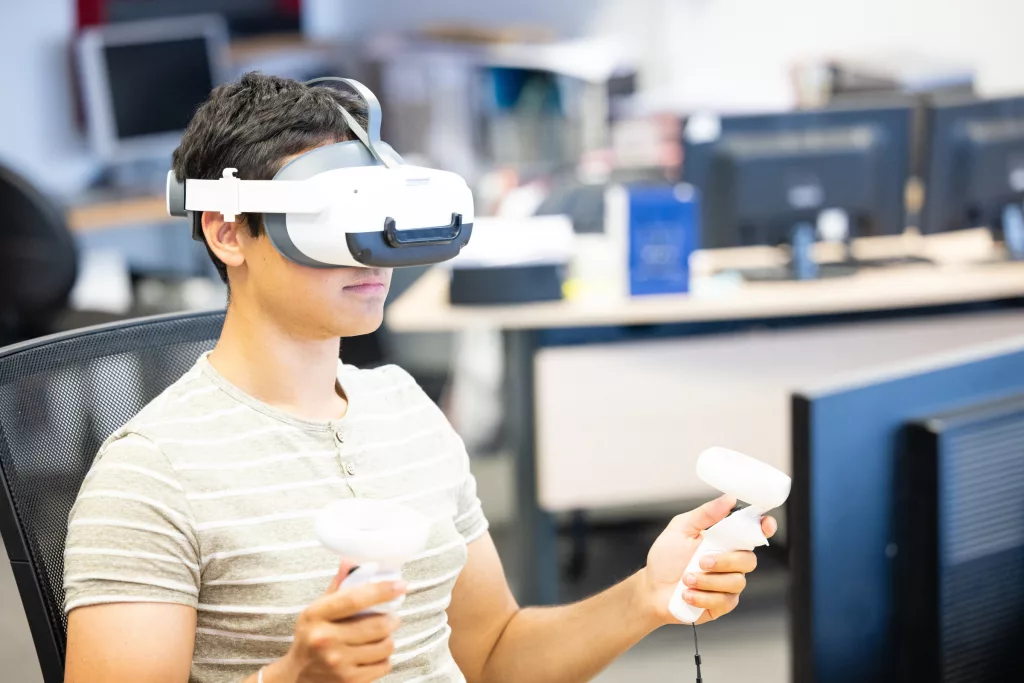In a world increasingly focused on augmented (AR) and virtual reality (VR), developers are constantly looking for solutions to simplify and accelerate the creation of immersive applications. Photon Engine, with its Photon Fusion and Photon Unity networking (PUN) products, offers tools that facilitate XR development.
Photon Fusion: Optimization of Interactions in Real Time
Photo Fusion is designed to meet the specific requirements of XR applications by providing optimized management of real-time interactions with low latency. Which is vital for maintaining the immersion and fluidity of VR and AR experiences. By simplifying state synchronization, network physics management, and multiple input, Fusion allows developers to focus on creating high-quality content without worrying about technical networking aspects.
Concrete example: in the health field, a simulation can allow surgeons to practice complex procedures in cooperation with other surgeons connected remotely. They can interact with virtual instruments and modeled organs with real-time response, providing an innovative training and collaboration platform.
Photon PUN: integration with Unity for Multi-user Applications
Photon PUN is specifically tailored to Unity, one of the most popular development engines for AR and VR. The integration of PUN in development allows you to benefit from numerous software bricks or addons (complementary modules or extensions, which add additional functionalities to a main program) which facilitate the development of immersive multi-user applications.
Concrete perspectives for development in XR
The future of XR development with tools like those from Photon looks promising. By simplifying the complexity of networks, Photon makes it possible to embark on more ambitious XR projects. For example, creating virtual workspaces where interactions are as natural as in the real world.
These tools facilitate the creation of immersive applications, allowing businesses and educators to develop innovative solutions that not only improve operational and educational processes, but also pave the way for more immersive and engaging user experiences.
Language learning. A 2021 study found that immersion in a VR environment where learners practice the language in real-world contexts not only improves procedural memory but also builds confidence using the language in practical situations.
Military and aeronautical training. VR flight simulators have long been used to train pilots, allowing them to memorize flight procedures without the risks associated with flying a real plane.
Training in technical procedures and gestures. At Bridgestone, a virtual reality tire manufacturing training simulator, produced by Audace, is part of a blended learning course combining theoretical and practical content. Operators deepen their theoretical knowledge of different machine tools via e-learning; then, with this first training completed, they train in technical operations on the virtual twin. Finally, the learner can put their training into practice on a physical twin and practice the different operations by activating, in particular, their muscle memory.
This comprehensive training course made it possible to increase productivity as well as employee safety by reducing security incidents and non-quality problems by 30 to 50%. Furthermore, significant economies of scale have been achieved: the immobilization of material production resources required for training has been reduced by 80% and the immobilization of human resources by 90%.

